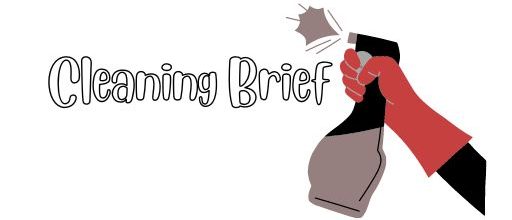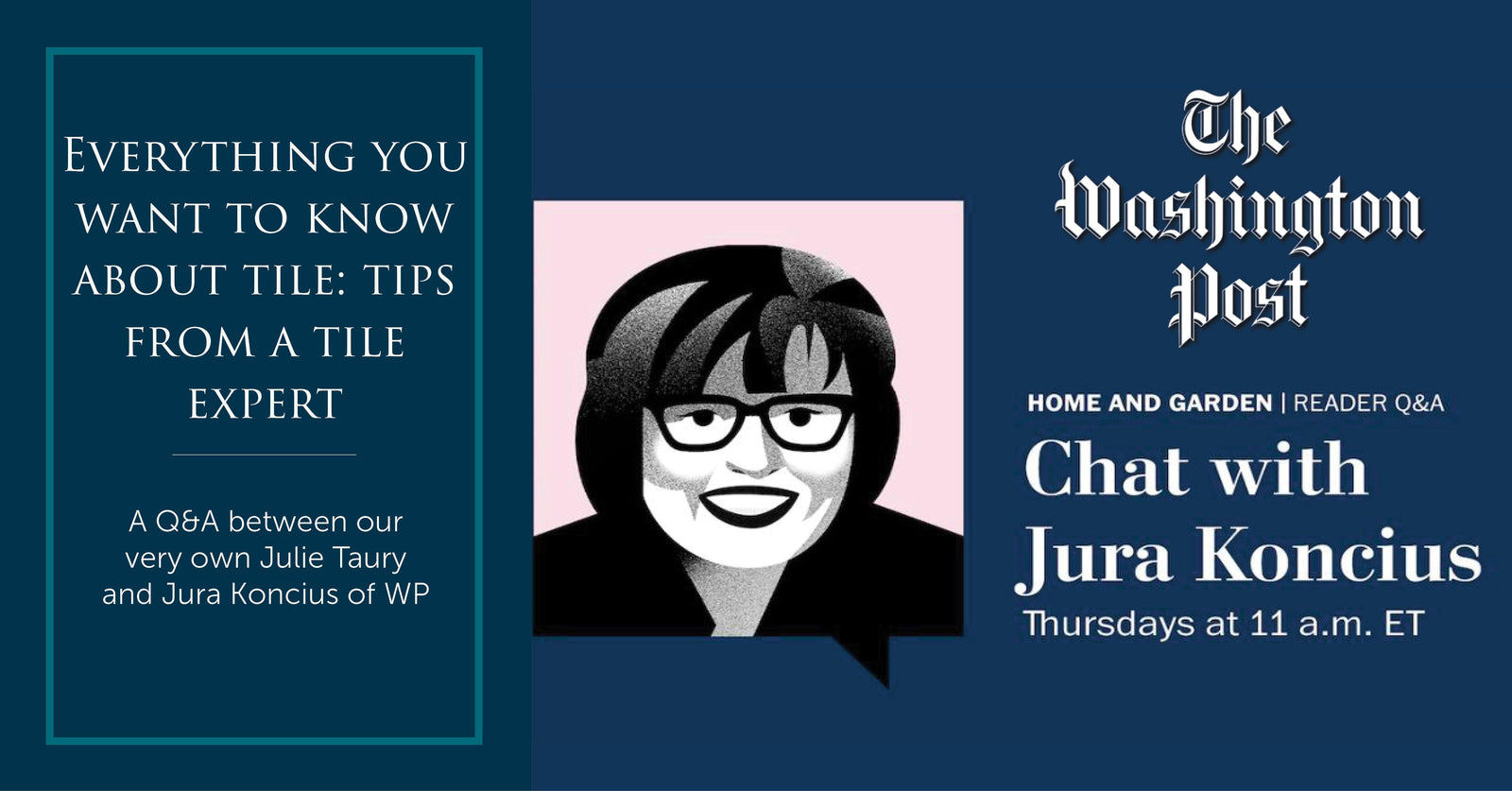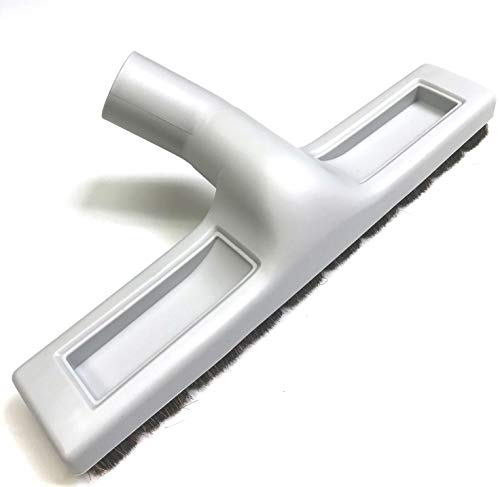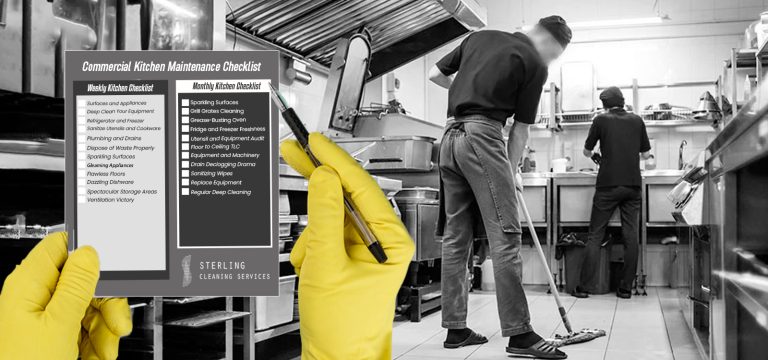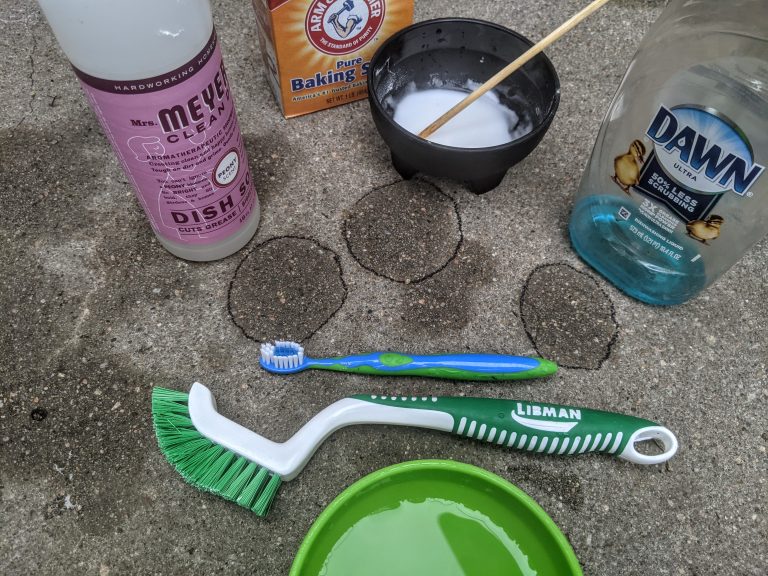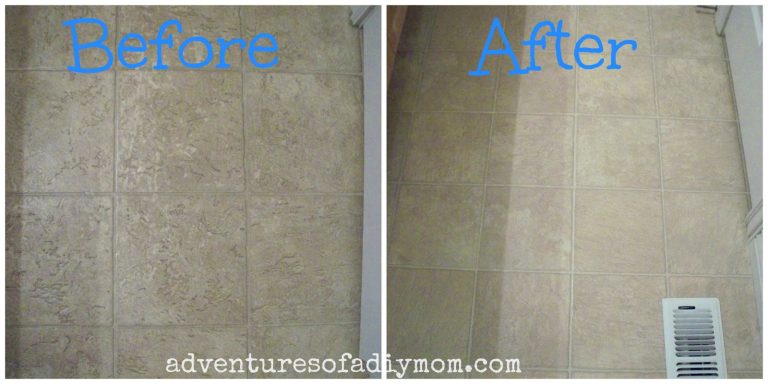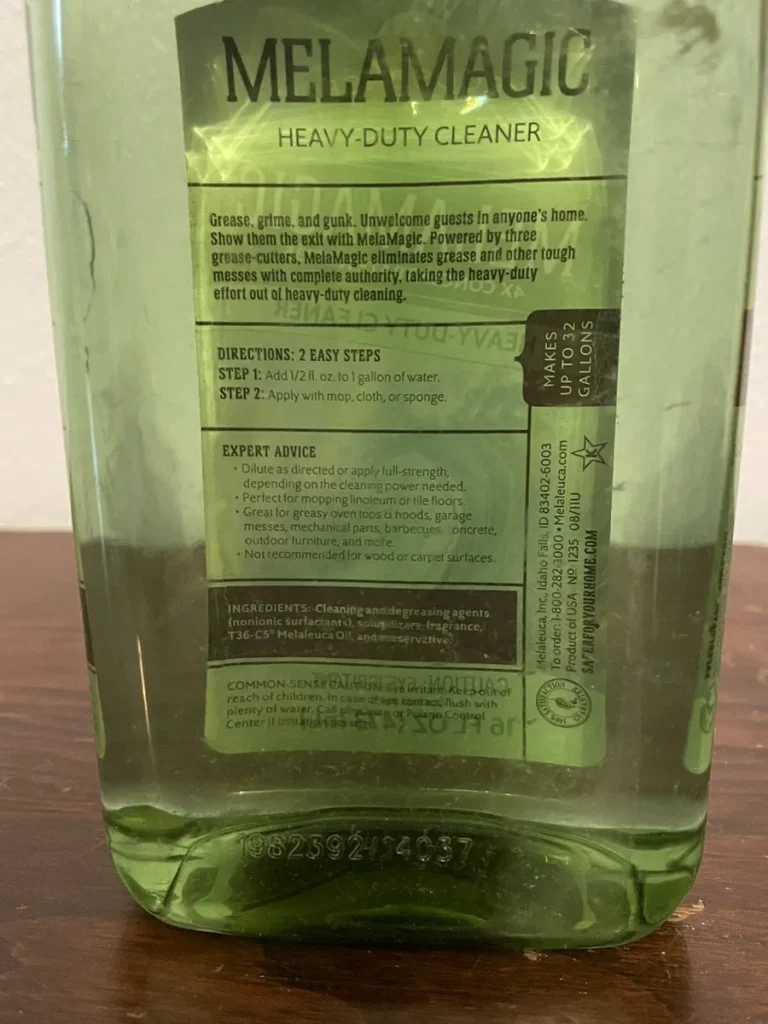How to Clean Porcelain Floor Tiles: Expert Techniques Revealed
To clean porcelain floor tiles, sweep or vacuum to remove loose dirt and debris, then use a mild detergent or a vinegar and water solution to mop the tiles. Avoid using abrasive cleaners or scouring pads that can scratch the porcelain surface.

Credit: architessa.com
Understanding Porcelain Floor Tiles
Porcelain floor tiles are a popular choice for many homeowners due to their durability and timeless appeal. They are made from a specific type of ceramic clay, which is fired at extremely high temperatures to create a dense and hardwearing material. In this section, we will explore the composition of porcelain tiles and the advantages they offer.
Composition Of Porcelain Tiles
Porcelain floor tiles are composed of a mixture of refined clay, feldspar, and other minerals. What sets them apart from other ceramic tiles is the level of refinement and the firing process they undergo. These tiles are fired at temperatures exceeding 1,200 degrees Celsius. This high-temperature firing promotes vitrification, a process in which the clay particles fuse together, resulting in a solid and impermeable surface.
The high-quality clay used in porcelain tiles makes them denser than other ceramic tiles. The composition of porcelain tiles typically consists of around 50% to 60% feldspar, 25% to 30% clay, and 15% to 20% other minerals. This unique composition gives porcelain tiles their characteristic hardness and durability.
Advantages Of Porcelain Tiles
Porcelain floor tiles offer numerous advantages that make them a popular choice for both residential and commercial spaces. Here are some of the key benefits of using porcelain tiles for your flooring:
- Durability: Porcelain tiles are known for their exceptional durability. Their dense composition makes them highly resistant to scratches, stains, and wear. This makes them an ideal choice for high-traffic areas.
- Water Resistance: Due to their low water absorption rate, porcelain tiles are highly resistant to water damage. This makes them suitable for use in bathrooms, kitchens, and other moisture-prone areas.
- Easy Maintenance: Porcelain tiles are easy to clean and maintain. Their smooth surface repels dirt and spills, making them a hygienic and low-maintenance flooring option.
- Versatility: Porcelain tiles come in a wide range of colors, patterns, and sizes, allowing for endless design possibilities. Whether you prefer a sleek and modern look or a more traditional style, there is a porcelain tile to suit your taste.
- Longevity: With proper care, porcelain tiles can last for decades. Their durable nature ensures that they retain their beauty and functionality over time, making them a worthwhile investment.
With their exceptional durability and aesthetic appeal, porcelain floor tiles are an excellent choice for anyone seeking a long-lasting and stylish flooring option. Understanding their composition and advantages can help you make an informed decision when it comes to selecting the right tiles for your space.
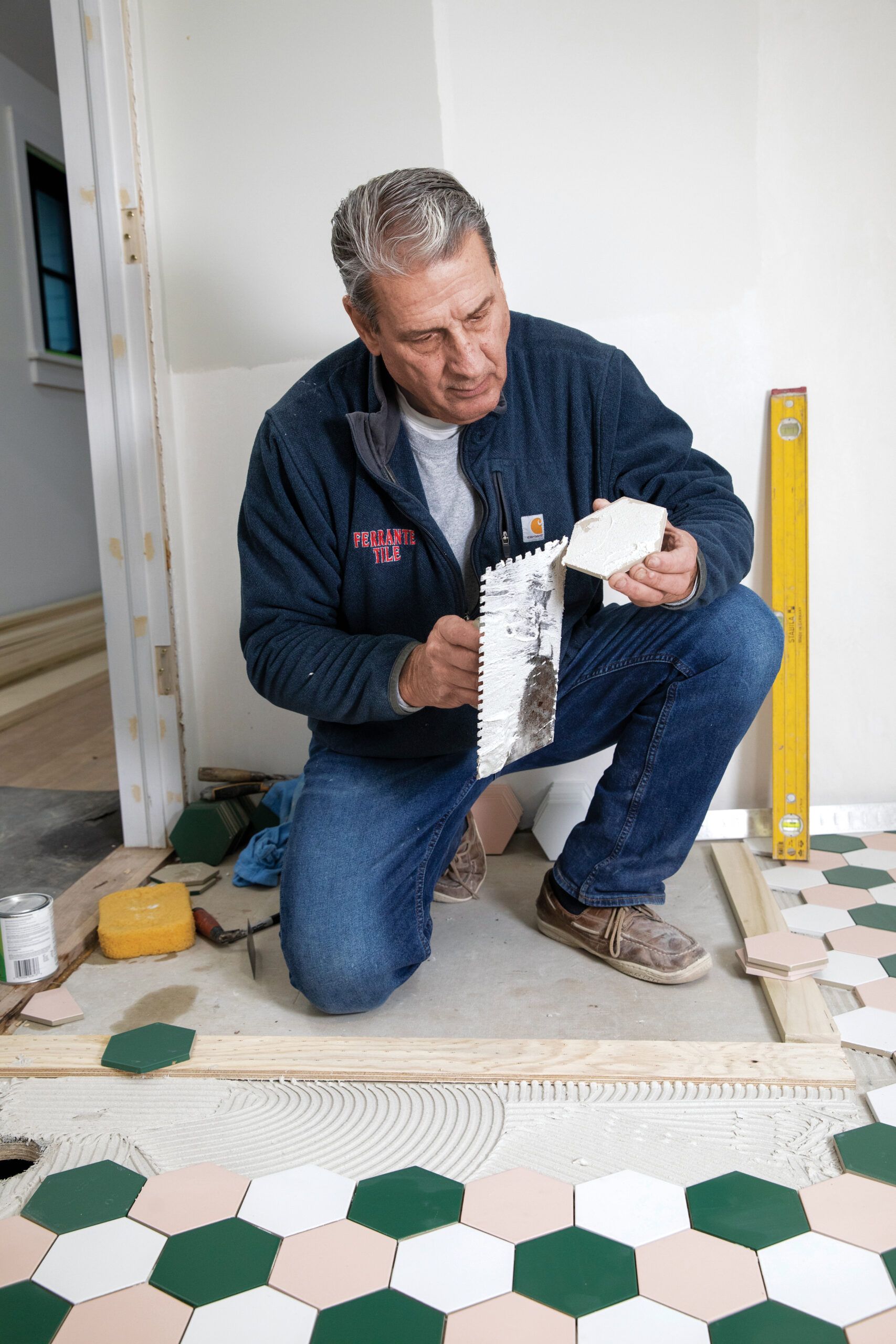
Credit: www.thisoldhouse.com
Common Mistakes To Avoid
Common Mistakes to Avoid:
Using Harsh Chemicals
One common mistake many people make when cleaning porcelain floor tiles is using harsh chemicals. While it may be tempting to reach for a strong cleaner to tackle tough stains, these chemicals can actually cause more harm than good. Harsh chemicals can strip away the protective sealant on the tiles, leading to dullness and discoloration over time. They can also leave behind residue that is difficult to remove, resulting in a streaky appearance. It’s important to choose a mild, non-abrasive cleaner that is specifically formulated for porcelain tiles.
Improper Cleaning Techniques
Another mistake to avoid when cleaning porcelain floor tiles is using improper cleaning techniques. Scrubbing the tiles with a rough brush or abrasive sponge can cause scratching and damage the surface. It’s also important to avoid using excessive water when mopping, as this can seep into the grout lines and cause mildew or mold growth. Instead, opt for a soft-bristled brush or mop, and gently clean the tiles using a circular motion. Remember to rinse the tiles thoroughly to remove any cleaning residue.
By avoiding these common mistakes, you can ensure that your porcelain floor tiles stay clean and in excellent condition for years to come.
Essential Tools For Cleaning
Soft Bristle Broom Or Vacuum
A soft bristle broom or vacuum is essential for regular maintenance of porcelain floor tiles. Both help to remove loose dirt and dust without scratching or damaging the porcelain surface.
Microfiber Mop
For a deeper clean, a microfiber mop is an essential tool. The microfiber material effectively lifts and traps dirt, leaving the porcelain floor tiles dirt-free and shiny.
Step-by-step Cleaning Techniques
When it comes to keeping your porcelain floor tiles clean and looking their best, following a step-by-step cleaning technique is essential. Maintaining a regular cleaning routine will not only enhance the appearance of your floor but also prolong its lifespan. In this article, we will guide you through the proper way to clean your porcelain floor tiles, making it easier for you to achieve spotless and gleaming surfaces.
Removing Surface Debris
Before proceeding with the actual cleaning process, start by removing all the surface debris from your porcelain floor tiles. This includes dust, dirt, and loose particles that may have accumulated over time. Use a soft-bristle broom or a vacuum cleaner with a brush attachment to carefully sweep or vacuum the entire tile area. Pay close attention to the corners and edges of the room to ensure thorough cleaning.
Gentle Cleaning Solution Application
Once you have removed the surface debris, it’s time to apply a gentle cleaning solution to remove any stubborn stains or grime. There are several cleaning solutions that you can use, including commercial porcelain tile cleaners or a homemade mixture of warm water and mild dish soap or vinegar. Here’s how to apply the cleaning solution:
- Mix warm water and your chosen cleaning agent in a bucket or container.
- Dip a soft microfiber cloth or mop into the cleaning solution, ensuring it is saturated but not dripping.
- Gently mop the porcelain floor tiles, moving in a back and forth motion to cover the entire area. Pay special attention to any stained or heavily soiled spots.
- Allow the cleaning solution to sit on the tiles for a few minutes to loosen and dissolve any grime.
- To remove the cleaning solution, rinse the cloth or mop with clean water and wring out any excess liquid.
- Thoroughly rinse the tiles by mopping them again with clean water, ensuring no soap residue remains.
Note: Avoid using abrasive cleaning tools or solutions that contain bleach, ammonia, or acidic ingredients as they can damage and dull the surface of your porcelain floor tiles.
Maintaining Porcelain Tiles For Longevity
To maintain the longevity of porcelain floor tiles, it’s essential to clean them regularly using a mild detergent and warm water. Avoid using harsh chemicals and abrasive tools to prevent damage to the tiles. Additionally, wiping up spills immediately and using rugs or mats in high-traffic areas can help preserve the tiles’ appearance and durability.
Maintaining Porcelain Tiles for Longevity Proper maintenance is essential for keeping your porcelain floor tiles looking beautiful and ensuring their longevity. With the right care, your tiles can withstand daily wear and tear while retaining their gorgeous finish. In this section, we will discuss two crucial aspects of maintaining porcelain tiles: sealing and preventing stains and scratches. By following these steps, you can preserve the beauty of your tiles for years to come.Sealing Porcelain Tiles
Sealing your porcelain tiles is the first step towards ensuring their durability. Sealing creates a protective barrier that shields the tiles against moisture, stains, and other potential damages. Consider the following points when sealing your porcelain tiles: 1. Choose the right sealer: Select a suitable sealer specifically designed for porcelain tiles. Opt for a high-quality, penetrating sealer that will effectively saturate the surface and protect it from within. 2. Prepare the tiles: Thoroughly clean the tiles using a mild, pH-neutral cleaner to remove dirt, dust, and any existing stains. Ensure the tiles are completely dry before applying the sealer. 3. Apply the sealer: Pour a small amount of sealer onto a clean, lint-free cloth. Rub the sealer onto the tiles in a circular motion, ensuring even coverage. Leave the sealer to penetrate the tiles for the recommended duration. 4. Buff the tiles: After the sealer has penetrated, use a dry cloth to lightly buff the tiles, removing any excess sealer. This step will help create a smooth, polished finish.Preventing Stains And Scratches
While sealing provides an added layer of protection, it’s essential to take preventive measures to avoid stains and scratches. Follow these tips to keep your porcelain tiles looking flawless: 1. Wipe up spills immediately: Accidental spills can occur, but it’s crucial to act quickly. Clean up any spills promptly with a soft, absorbent cloth to prevent liquids from seeping into the tiles and causing stains. 2. Use mats and rugs: Place door mats at the entrances of your home and rugs in high-traffic areas to minimize the risk of scratches and dirt being tracked onto the tiles. These protective barriers will help preserve the pristine condition of your tiles. 3. Avoid abrasive cleaners and tools: Avoid using harsh chemicals, abrasive cleaners, and scrub brushes with stiff bristles. Instead, opt for mild cleaners and soft cloths or mops to gently clean the tiles without causing any damage. 4. Regular maintenance: Carry out regular cleaning and maintenance on your porcelain tiles to remove dirt and debris. Simply use a damp mop or cloth with a mild cleanser to keep your tiles looking fresh and polished. By following these guidelines, you can maintain the longevity of your porcelain floor tiles and enjoy their stunning aesthetic appeal for years to come. Remember, consistent care and preventive measures are key to keeping your tiles in pristine condition, ensuring they maintain their beauty and durability over time.
Credit: www.facebook.com
Frequently Asked Questions On How To Clean Porcelain Floor Tiles
Can I Use Bleach To Clean Porcelain Floor Tiles?
Bleach should be used with caution on porcelain floor tiles. While it can help remove tough stains, it may also damage the glaze and discolor the tiles if used incorrectly. It’s recommended to dilute the bleach, test it on a small inconspicuous area first, and rinse thoroughly after cleaning.
How Often Should I Clean My Porcelain Floor Tiles?
To maintain the beauty and longevity of your porcelain floor tiles, it’s recommended to clean them regularly. Sweep or vacuum daily to remove dirt and debris, and mop with a mild detergent once or twice a week. High-traffic areas may require more frequent cleaning.
What Should I Avoid When Cleaning Porcelain Floor Tiles?
Avoid using abrasive cleaners, scrub brushes with stiff bristles, or steel wool when cleaning porcelain floor tiles. These can scratch the surface and damage the tiles. Also, steer clear of acidic cleaners or vinegar-based solutions, as they can etch the tiles and dull their shine.
Conclusion
In closing, keeping your porcelain floor tiles clean is essential for maintaining their beauty and longevity. By following the simple steps outlined in this blog post, you can ensure that your floors remain pristine and free from dirt and stains.
With regular maintenance and the right cleaning products, your porcelain floor tiles will continue to enhance the look of your home for years to come.
